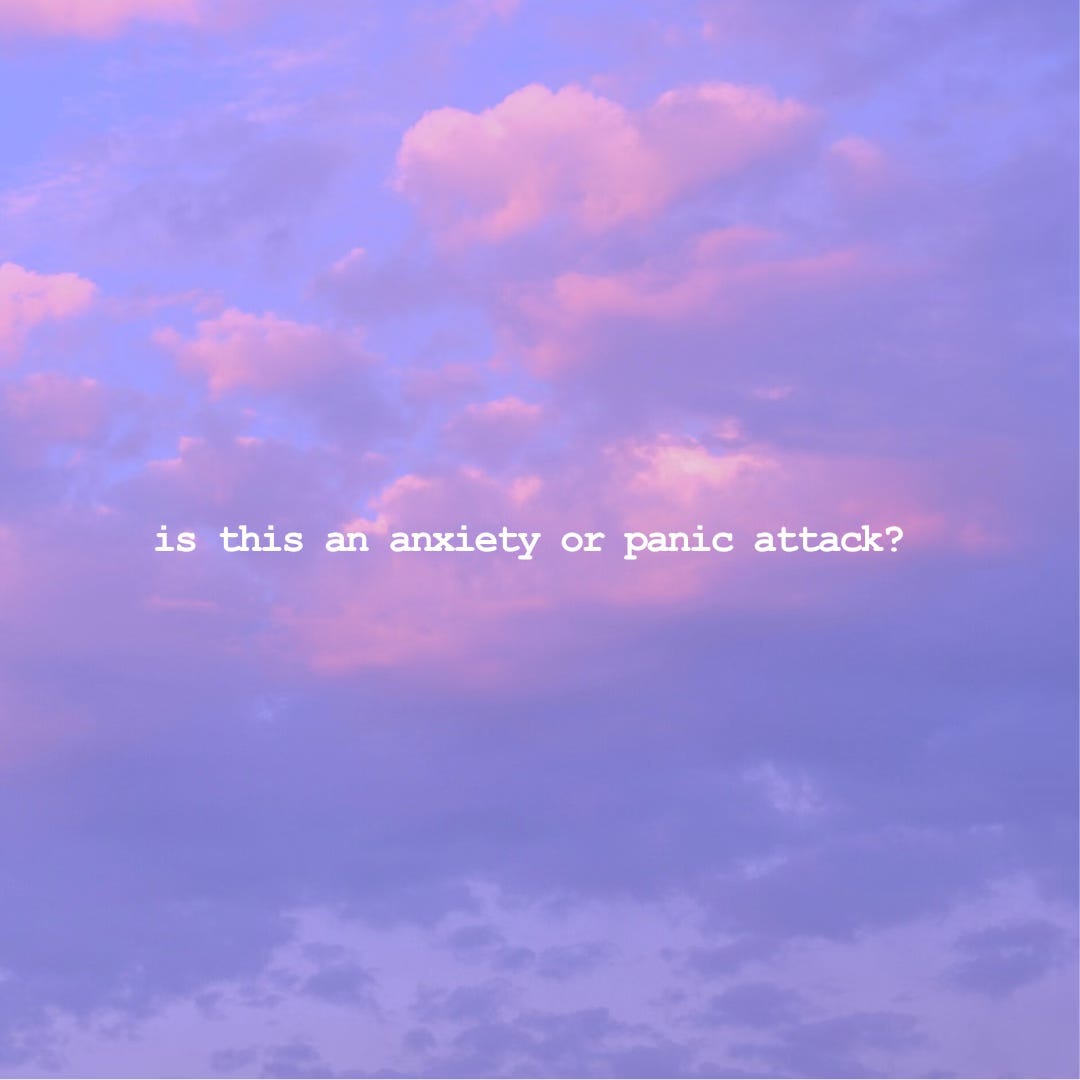Anxiety Attacks Vs Panic Attacks
Learn About Triggers, Symptoms, & Solutions For Anxiety & Panic Attacks
Anxiety is one of the most common mental health issues in the world. Anxiety is a relative of fear, and both occur in response to a threat. Fear causes the body to release stress hormones such as adrenaline and cortisol, which increase your heart rate, and make you more alert and aware of your environment. These hormones are part of the fight-or-flight response that helps you to move quickly so you don’t get eaten by wild animals. At its best, fear is a survival mechanism that’s meant to protect you.
However, most of the time, we find ourselves in situations where there's no actual threat to our survival, like when we're at home alone, at work, or in social settings. Yet, these everyday situations can trigger feelings of fear and anxiety, even though there's no real danger present. In such cases, it suggests that our nervous system is dysregulated or misfiring, causing anxiety or panic.
While people often use the terms 'anxiety,' 'anxiety attack,' and 'panic attack' interchangeably, it's important to understand the differences between them."
Keep reading with a 7-day free trial
Subscribe to The Happiness Clinic Mental Health Blog to keep reading this post and get 7 days of free access to the full post archives.





